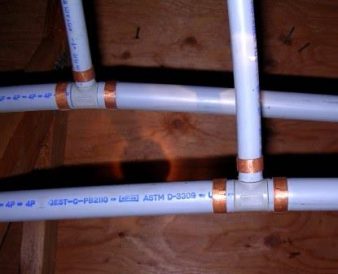In this post we provide some general information about Polybutylene (Poly-B) plumbing and when it might need replacement.
History
Poly-B plumbing was a popular piping material used in residential construction between the 1970s and the mid-1990s. Over time, it became apparent that Poly-B pipes had some inherent weaknesses, such as becoming brittle and prone to leaks and ruptures. As a result, many experts and plumbing professionals now recommend replacing Poly-B plumbing, especially if it’s aging or showing signs of deterioration.
Here are some factors that might indicate the need for replacement:
Age
If the Poly-B plumbing in your home is more than 20-25 years old, it is at a higher risk of failure due to natural wear and tear.
Visible Issues
Look for signs of deterioration, such as discoloration, flaking, or scaling on the pipe’s surface. Pinhole leaks, corrosion, and frequent plumbing problems are also warning signs.
Insurance and Property Requirements
Some insurance companies may refuse to provide coverage for homes with Poly-B plumbing due to its known issues. Additionally, some real estate transactions or lending institutions may require replacement before closing a sale or approving a loan.
Local Regulations
Some regions or municipalities may have specific guidelines or requirements regarding the use of Poly-B plumbing, and replacement may be mandatory in those cases.
Tip
If your home inspection reveals Poly-B plumbing, it’s crucial to discuss the findings with a qualified plumber who can assess the condition of the pipes and advise you on the best course of action. They can conduct further inspections, perform pressure tests, and offer professional recommendations on whether replacement is necessary.
Remember that early detection and replacement can prevent potential water damage and save you from costly repairs in the future. So, it’s essential to address any concerns regarding Poly-B plumbing promptly.

